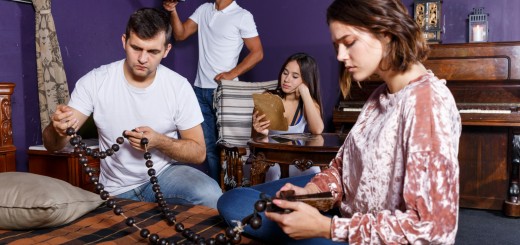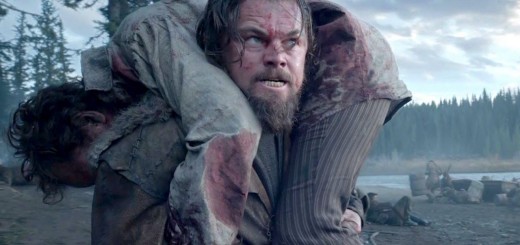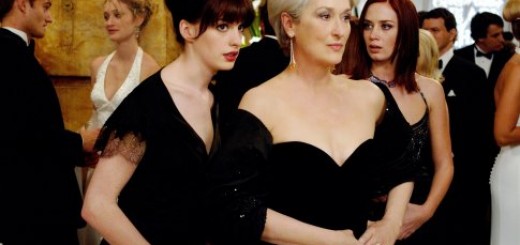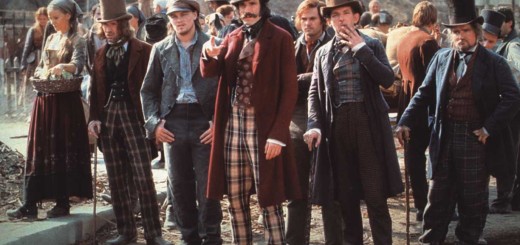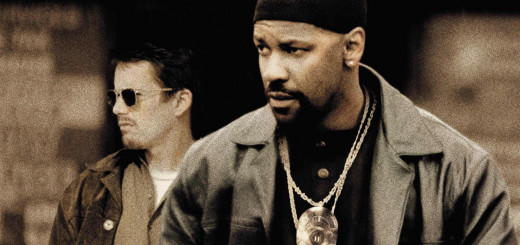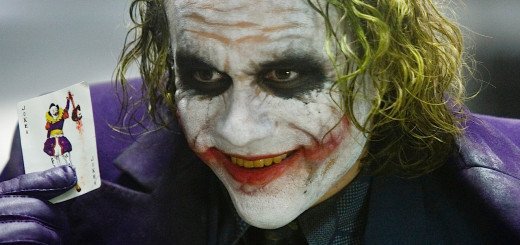5 Great Business Ideas That Were Stolen
In this modern age, we’re often reminded that the power of original ideas isn’t as great as we like to imagine it.
For example, look at Uber. In 2017, Uber bought 66 ridesharing patents from AT&T, minimizing the need to develop these innovations on its own. This also granted them property protection before anything claimed by their competition.
It was a shrewd business move, but Uber wasn’t the first to make use of it. Many of the world’s most famous inventions started off as business ideas that were stolen. That may not be the worst fate for an inventor, but it comes close.
Want to make sure you’ve got your facts straight? Here is a list of 5 groundbreaking ideas with a complicated history.
1. Monopoly
In 1903, a progressive Quaker called Lizzie Magie came up with the first version of Monopoly. She named it “The Landlord’s Game.”
According to Magie, the point of the game was to depict the negative aspects of land ownership. She patented her invention in 1904 and published it two years later. Over the years, Magie kept refining the game into its present form.
In 1932, Magie and her husband Charles invited a salesman called Charles Darrow to dinner. After the meal, they played a few rounds of “The Landlord’s Game.” Darrow then asked for a written set of rules, which Magie provided.
Soon enough, Darrow rebranded the game as “Monopoly” and began distributing it himself. It sold very well, leading to Parker Brothers buying the patent from Darrow in 1934. They credited Darrow as the sole inventor of the game.
Once the company learned that Magie was the actual inventor, it bought her patent as well. Unfortunately, by then, the price was a mere $500. Needless to say, Darrow became a millionaire.
2. Telephone
By the mid-1870s, the race to build the first telephone was well underway. The two main contenders were Graham Bell and Elisha Gray.
Both men submitted their patents on the same day: February 14, 1876. Gray submitted his application in the early morning, as soon as the patent office opened. Bell’s lawyer filed Bell’s patent several hours later.
Now, this would be strange in and of itself. Things get even stranger once you consider the similarities between the two patents. Most notably, Bell’s application featured a liquid transmitter — much like the one in Gray’s design.
Many historians are adamant that this was no coincidence. The most likely theory involves Bell bribing a patent officer. The officer in question even admitted so in an affidavit, though this is no definitive proof of foul play.
It’s worth noting that Bell continued to develop the telephone in other directions. Still, that first step may forever live in infamy.
3. Projector Technology
You hear it all the time: “Thomas Edison stole ideas from other inventors.” Though Edison was a great inventor in his own right, this was often the truth.
One example involves the development of the projection system. In the early 1890s, Edison worked on his own version, called the Kinetoscope. However, many frames were hard to make out, and the experience was far from pleasant.
Around this time, an inventor called Charles Jenkins created the Phantoscope. In 1894, he displayed a motion picture in front of an audience for the first time ever. Every single frame in the film was hand-colored.
Jenkins continued to improve his invention with the help of his partner, Thomas Armat. The two later broke out over patent issues, with Jenkins selling his interest to Armat. A few months later, Armat sold the rights to Edison.
The Phantoscope later became known as the Edison Vitascope. Its further development played a big part in the advancement of the film business.
4. Sewing Machine
The sewing machine is another invention with a complicated history. For the benefits of this article, we’ll focus on the lockstitch version.
The first American lockstitch machine was the brainchild of Walter Hunt. He invented it in 1832, but never bothered to patent it. According to historians, he was afraid that his invention would put seamstresses out of a job.
Elias Howe perfected the lockstitch design in 1846, creating the first modern sewing machine. Though he secured the patent, finding investors was proving difficult. His lengthy stay at England did little to change the situation.
By the time he returned to America, Howe was almost penniless. Even worse, he discovered that many people were infringing his patent. Among them was Isaac Merritt Singer, who is still often credited as the true inventor.
This led to a huge patent infringement litigation case, which took place from 1849 to 1854. It ended in a compromise, with both parties forming separate patent pools. Howe was also able to claim royalties from any future sales.
5. Television
For a long time, the world believed that Vladimir Zworykin was the inventor of television. Today, we know this is not the case.
The real inventor was Philo Taylor Farnsworth, who also created the image dissector. At the age of 21, Farnsworth used this piece of technology in a camera tube. The result: a simple straight line on a receiver in another room.
In 1930, Zworykin visited Farnsworth’s laboratory. He was so impressed with the image dissector that he copied the system for his own patent. At the time, he was working for the RCA, a major electronics company.
Soon enough, the RCA filed an interference suit against Farnsworth. As it turned out, Zworykin had filed his patent back in 1923. Of course, this invention had very little to do with the design he later “borrowed” from Farnsworth.
In the decade-long legal battle that followed, the RCA lost both the initial case and the appeal. Still, their clout in the industry led to Zworykin receiving most of the credit for inventing television.
More on Business Ideas That Were Stolen
As you can see, being a genius is not always the ticket to unparalleled wealth. The bigger your inventions are, the bigger the target on your back.
For most business ideas that were stolen in the past, identifying the culprit was easy. These days, things aren’t that simple. The internet has changed the rules of the game, and patenting an idea is harder than ever.
Looking for some inspiration? Want to know more about the world’s most famous inventions? Take a look at our list of 10 facts you may not know about some of the things we see every day.


